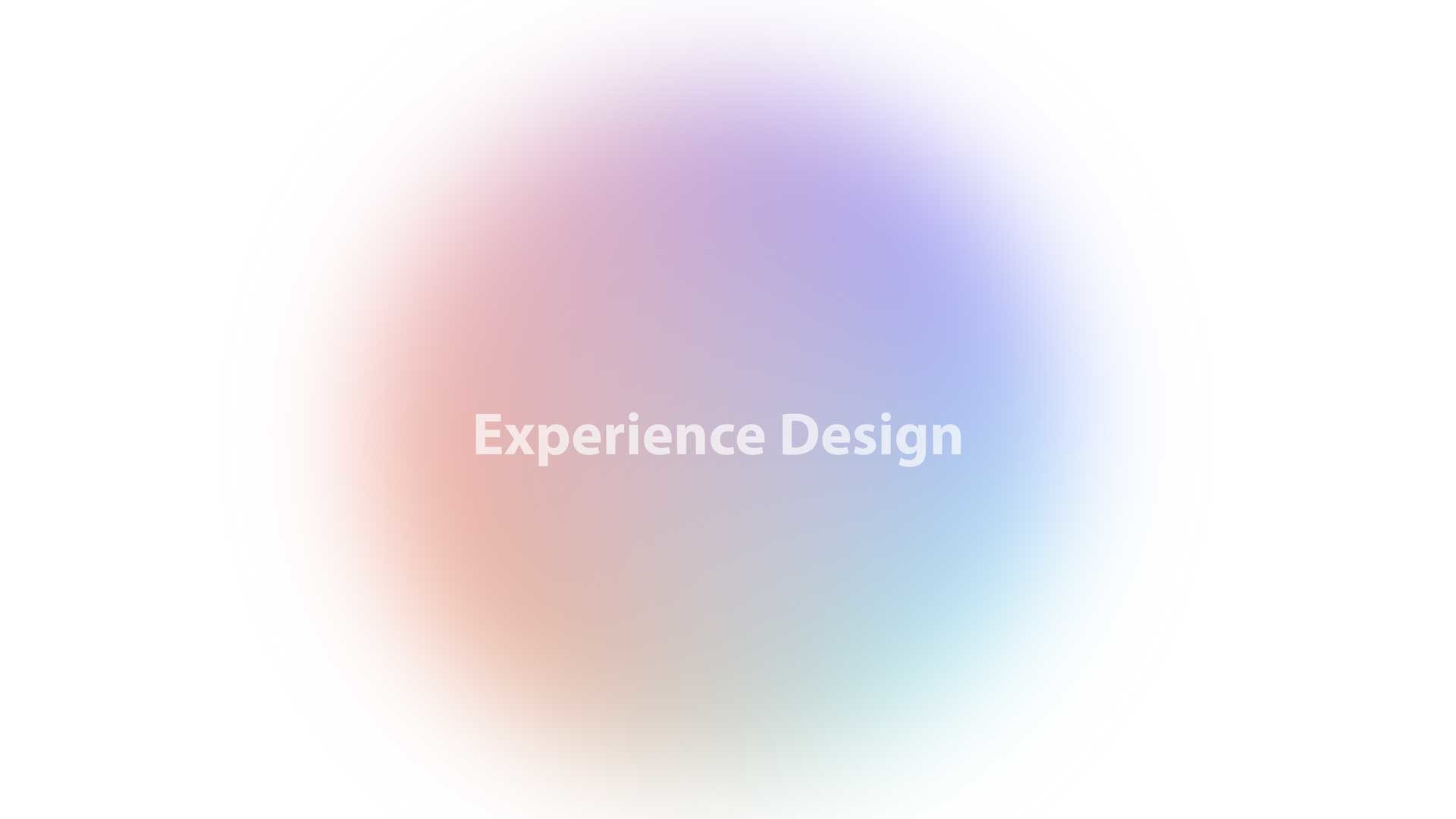Design evolution embraces various disciplines, creating a unique experience where users become the central focus. Let’s get deep into Experience Design
Meandering barefoot on a cool sandy beach at sunrise … Hiking through an alpine forest filled with the aromas of junipers and pines … Diving beneath the surface of the Mediterranean Sea during a mid-summer evening.
What do all these activities have in common? They are each a unique sensory experience where touch, sound and smell works together.
Our vision of the world is not singular but rather the culmination of our many experiences. The sum of our education, culture, interactions, victories and defeats between ourselves and all those around us.
It is not enough that we simply pass the time of the day and take little stock of the events that transpire. In order to truly live a life of experience, it’s important to learn, experiment and adapt though these memories, events and interactions.
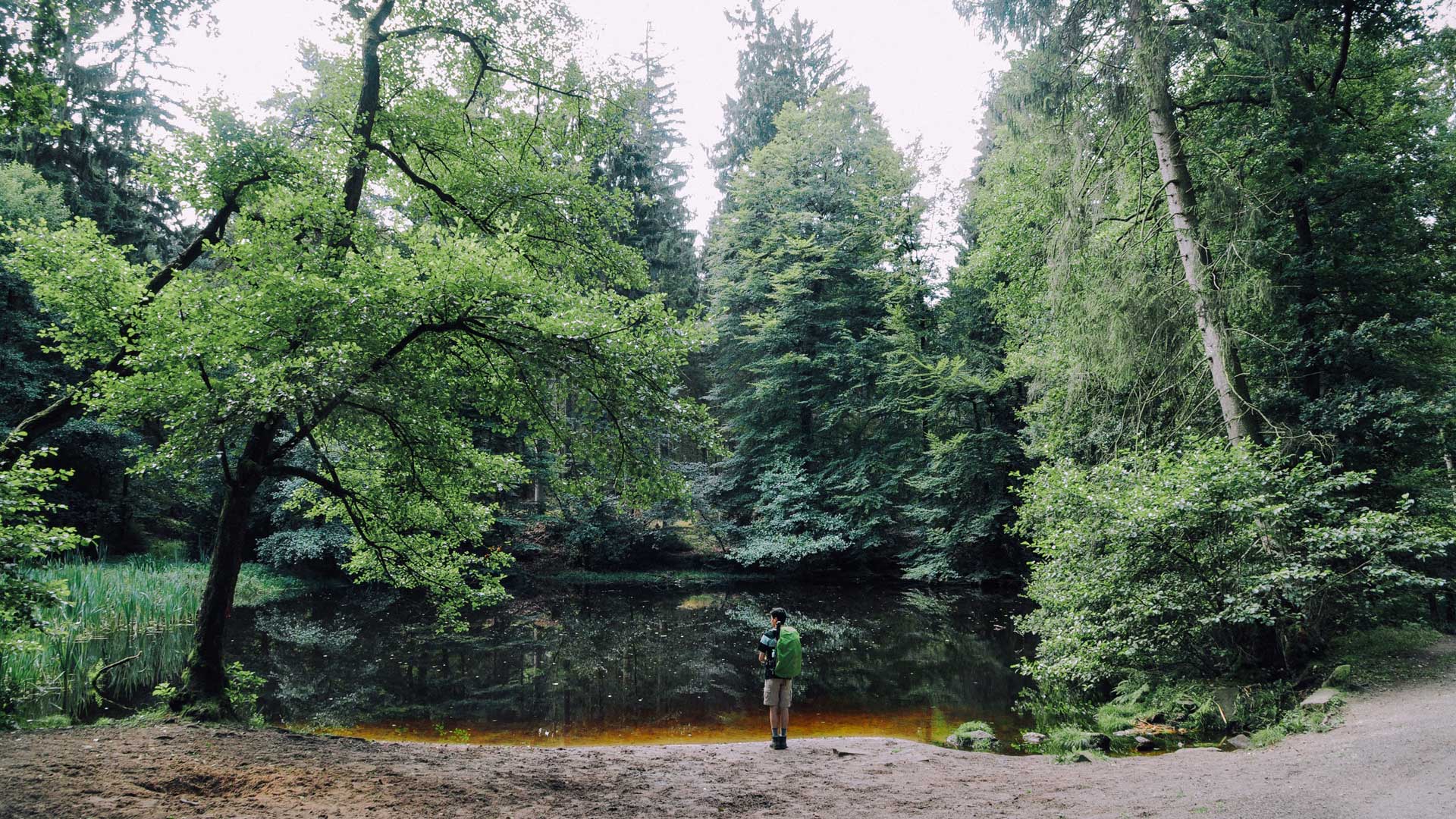
Experiences of a Digital Age: Experience Design
Our “ability to feel” has expanded over the years in tandem with our ability to access information. This has in turn changed our expectations as we constantly grow and adapt to the changing landscapes and aspire to greater heights.
Today everything seems but ‘one click away’ which in many cases can ease the stresses involved in high risk decision making. However, in other cases it might be assumed that everything there is to be known about a place or subject can be learned simply by researching the topic online, forgoing the experience of personally interacting with the subject.
This is an unhealthy decision since the inevitable result is that you end up living the lives and experiences of others rather than those of your own making. You rob your mind of its personal realizations and original creative thoughts spurred from the interactions you would have received by cultivating your own experiences.
The Euphoria of New Experience
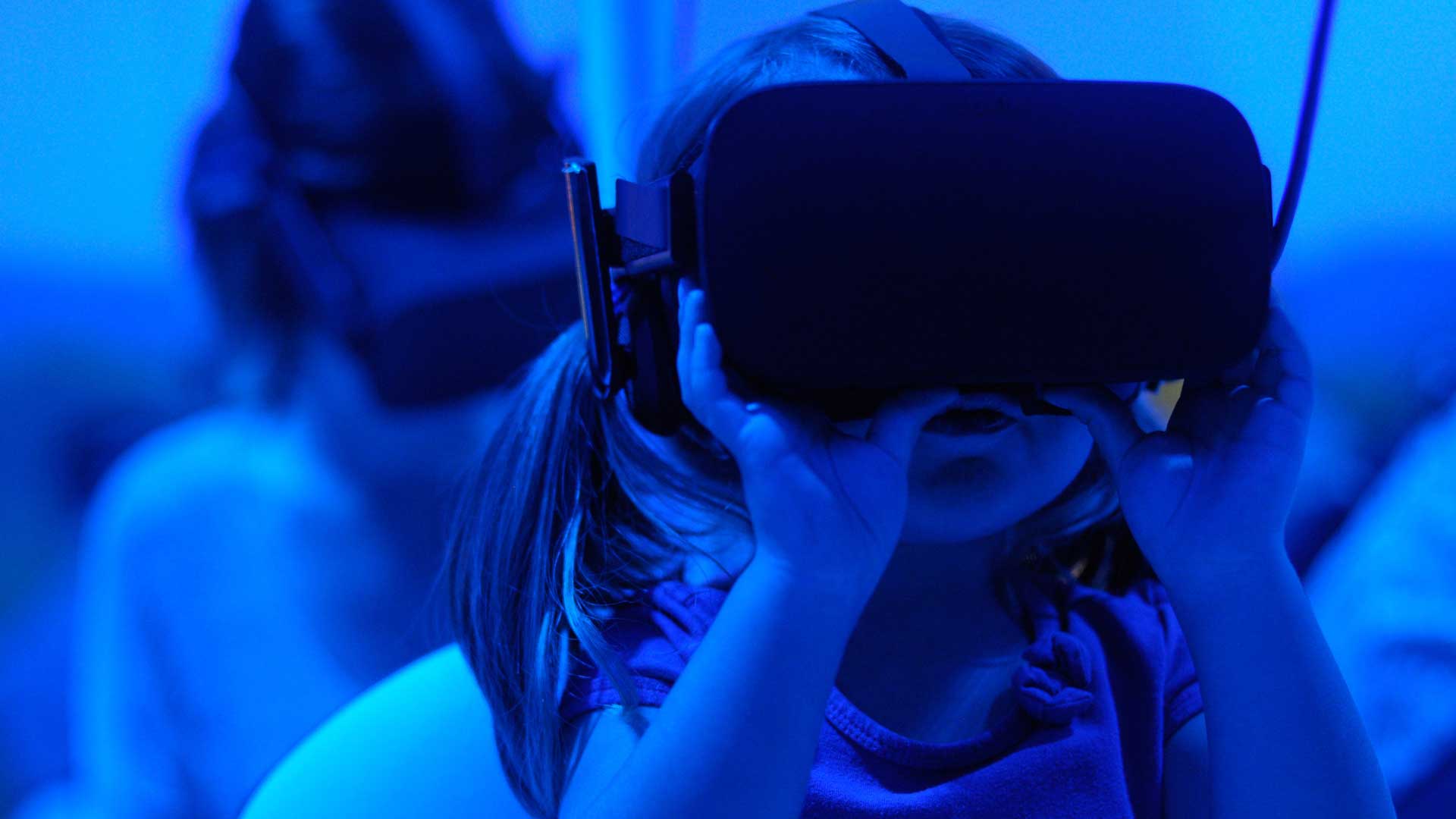
In truth, we are constantly searching for new means of satiating our desires, desires that have become increasingly elaborate and diverse, requiring a constant progression to discover new experiences which fulfill our ever-growing list of wants & needs. So, where did this thirst for progression and new experiences originally emerge from?
Perhaps that may be answered by examining a sculpture crafted by Umberto Boccioni in 1912. Boccioni described his sculpture as a series of “Unique forms within the continuity of space”, attempting to express that matter is merely an accidental manifestation manufactured from the dynamic energy that fills the space around us. It might just be that our perpetual struggle for progression and thirst for new experiences emerged as an accidental evolution to the human psyche, spawned from our newfound time after progressing past a hunter-gatherer society. However, now that our minds have had a taste for the euphoria that new experiences elicit, it has become human nature to seek out new sensations either by discovery or though technological progress.
This thirst for euphoria drives us to seek out unique and particular experiences, new vibrant encounters that stimulate our minds each in a distinctly unique fashion and starts us along a new path of creativity, thought and emotion.
Design in the Digital Age
Design in the Digital Age is no longer a discipline that deals exclusively with the aesthetical and functional aspects of an object. In this era, design has evolved to entail certain responsibilities, both for the longevity of our planet as well as the companies designing them.
Today, design showcases the inner philosophies of companies and designers, their intentions, concerns and aspirations for the future. Depending on how a company or designer chooses to accomplish the many steps involved in brining a product to market, one can surmise the principles of the company or designer in question. For instance, locally sourcing materials and labor – whether intentional or not – shows a company’s goals as seeking to improve their community and reduce their carbon footprint. Similar conclusions can be reached by examining the materials used, methods of transport adopted, quality of the finished product, time spent on production and their willingness to listen to user feedback. With today’s mass market of goods and services, every minute detail of what you offer has something to say about your company – intentional or not – and should be designed accordingly.
Design can no longer be focused solely on a ‘User Journey’; instead the entire lifecycle of the product or service needs to be brought to question, from the extraction of raw materials to the disposal of used materials. This new design philosophy has changed the nature of design itself and caused designers to consider how to extend lifecycles of products reducing their impact on nature. One such method of extending product lifecycles is by establishing an emotional connection between it and the user, such ties typically result in users taking better care of these objects and continuing to use them even after they begin to degrade.
User Experience
In order to design an intended user experience, in-depth research and analysis must be conducted over the course of days or sometimes years, assessing the various faults and shortcomings brought to light from research, prototypes or beta testing; redesigning them to be more intuitive, practical or functional.
With the booming industries of today, its no longer an option to overlook the experiential aspects of products or services. Product and service market saturation along with overwhelming competition has caused companies to pick apart every detail of the experience they are selling to their customers, because when it comes down to it, it’s not the product or service they are selling anymore, it’s the experience elicited though the use of it that customers are ultimately paying for.
The Importance of the Design Thinking
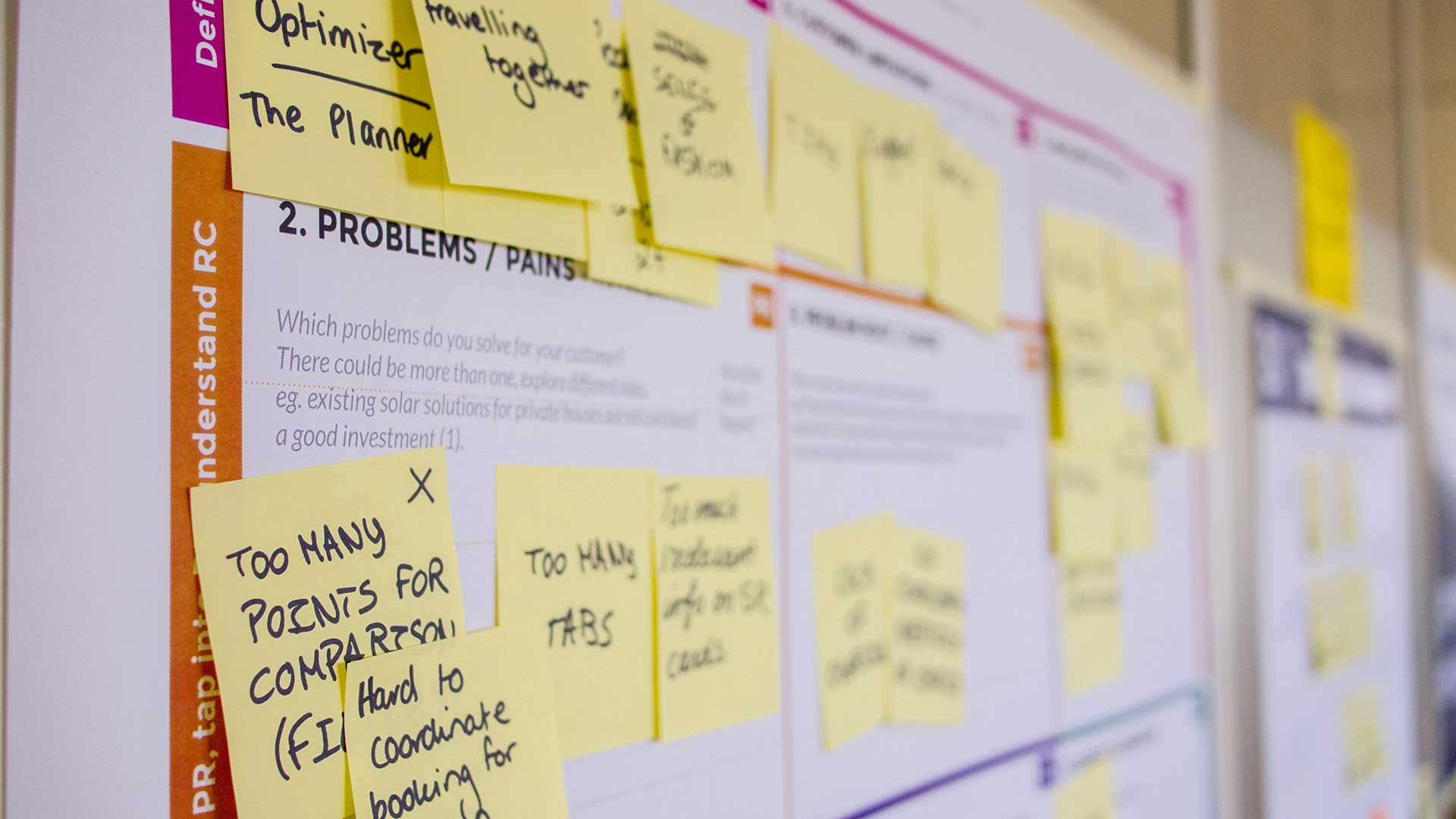
The Design Thinking was established to bring about a process with which to follow to attain a product of significance. It lays out a series of steps; starting from a need or problem what requires a solution. However, in many cases a simple solution is not the answer as research usually uncovers a plethora of factors which need to be considered as to not cause more harm than good. A product that solves one problem while spawning ten others is an outcome the design method is meant to prevent.
Furthermore, during the design thinking process everything needs to be brought together and considered, from the first moment the user lays eyes upon the product / service to the experience of using it time and time again. Packaging tells us as much about the product as the product itself and thus needs to have as much care and attention payed to it as the product held within. Additionally, a well-designed product / service should convey the same allure using it the 100th time as it did the first. Such hallmarks build trust and loyalty between a company and its customers.
All these factors are what makes the Design Thinking Method so quintessential to designing a worth-while product or service. It causes companies and designers to analyze, assess and optimize every point of contact a user has with your product / service and make it as positive as possible. Various other disciplines cross over with design for this reason such as sociology, ergonomics, semiotics and many others.
Design Needs a Multidisciplinary Approach
Design is no longer an isolated discipline but rather one that embraces many different fields of study and should be integrated between all departments within a company in order to achieve the best results.
As Bruno Munari stated in his book entitled ‘Design and Visual Communication’: “Artistic, lyrical, fantastic creativity is not necessary for good planning“, instead emphasizing the importance of an interdisciplinary approach and cross departmental communication.
According to him, design is not a matter that should be conducted individually but rather a result derived from a group effort, an amalgamation of various ideas and research put forth by designers, researchers and departmental collaborators: “Groups should meet every time a problem arises, consisting of experts and assistants who focus on the various aspects of the problem: practical, functional, economic, structural, material, technological, chromatic and aesthetic.”
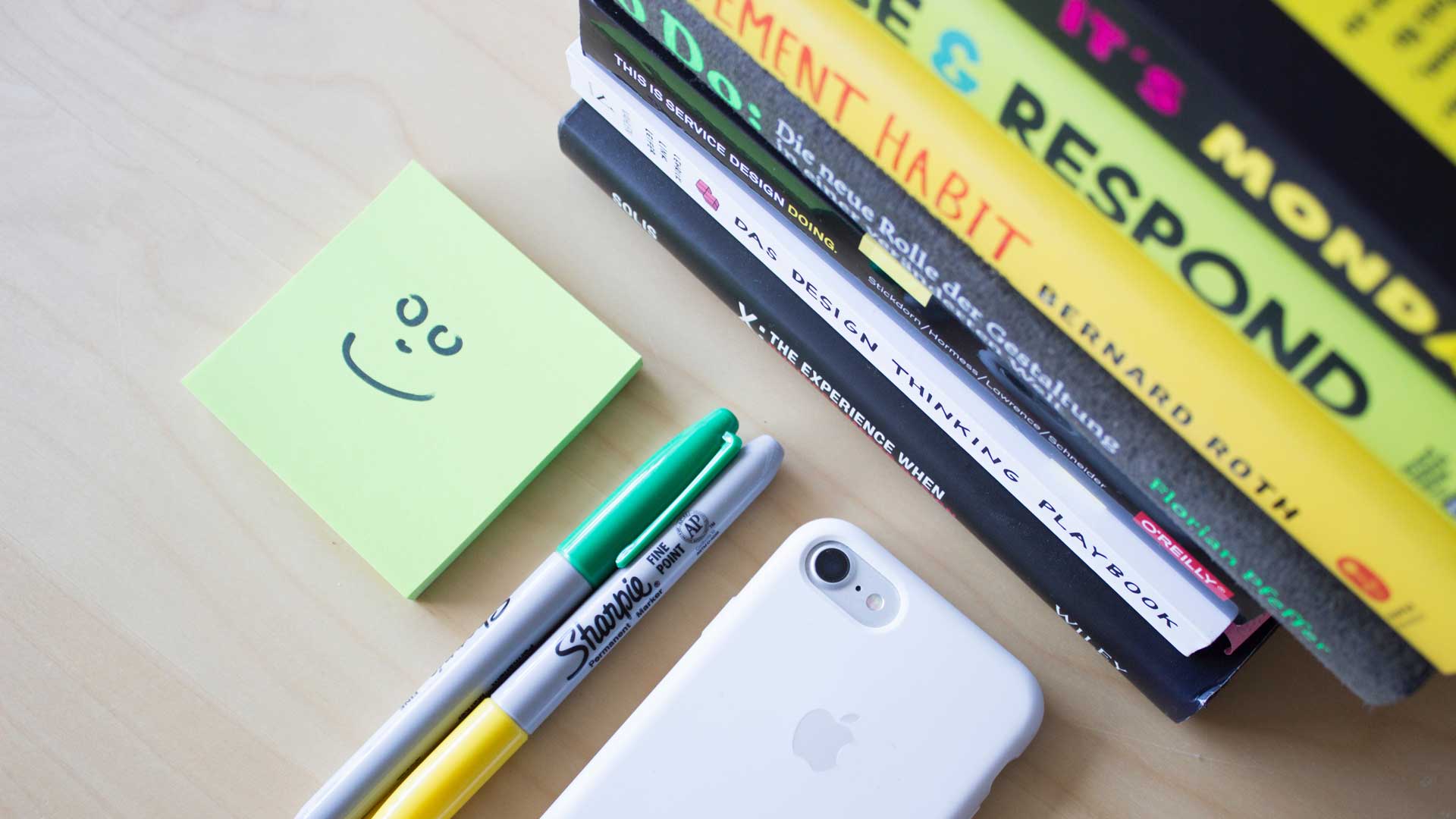
User Centered Design
Users are at the center of all design; without users a product / service has no purpose. For this reason, design should be approached with respect. Put yourself into your customers shoes and imagine the trials and tribulations they will face when using your product / service. By respecting your customer, you gain their respect in kind.
This is exactly the mentality that has caused Office Design to change so drastically over the last decade. By considering the types of environments you yourself would enjoy working in, companies have designed flexible and dynamic working environments that increase worker well-being and productivity.
Experience Based Design, the second edition of “Design Per Tutti” is coming!
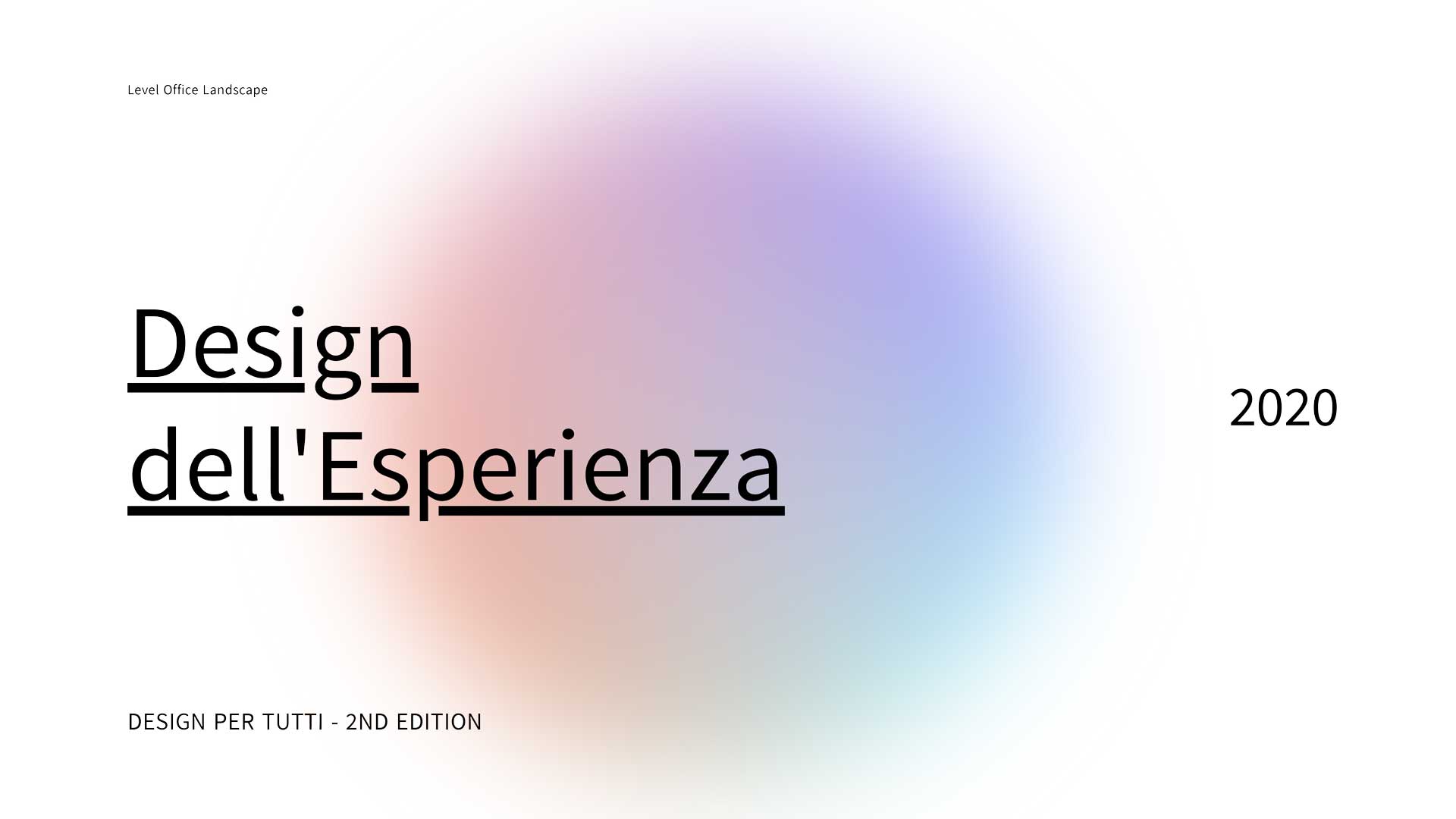
These will be the themes presented in the second edition of “Design Per Tutti”, organized by Level Office Landscape and held within LevelHUB located in La Valletta Brianza.
During the months of May and June new weekly appointments with teachers and professionals of this field will be defined, illustrating new design scenarios centered around experience.
Follow us as we soon reveal all the dates and information!
